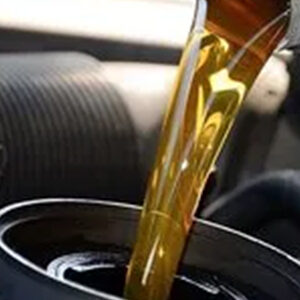STORAGE
APPLICATIONS
Witmans’ Witcol DL 81 is ideally suited for cold pilfering. It has a high percentage of stabilized chlorine incorporated in the blend. Witcol DL 81 is also widely used for deep drawing and cold-rolling of stainless steel tubes.
PERFORMANCE BENEFIT
- Maximum reduction per pass
- High degree of internal and external finish
- Low wear on mandrel and dies
- Reduction in frictional heat
- Close limit on wall thickness










